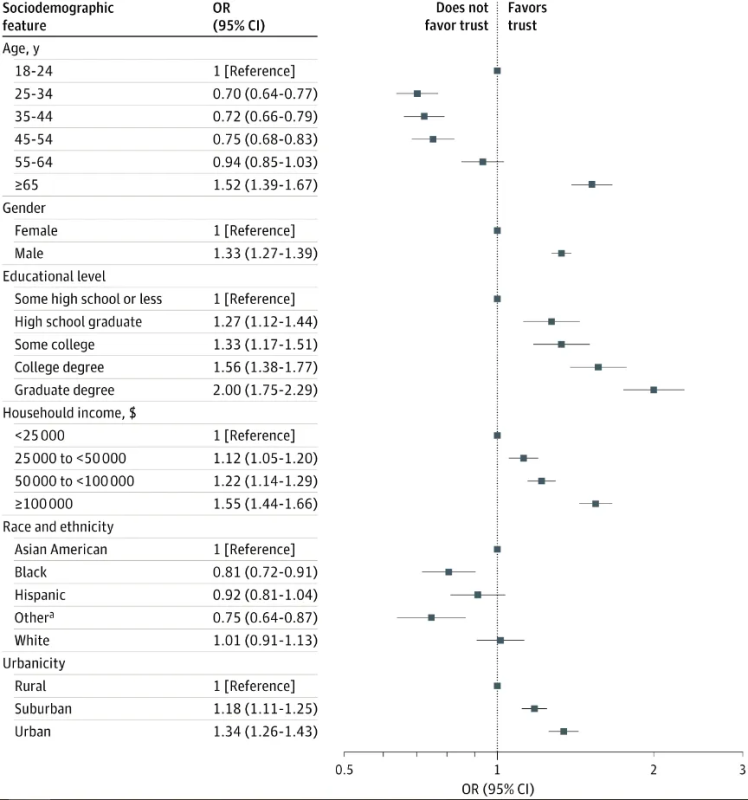by Janice Hisle via The Epoch Times,
Former President Donald Trump gained the endorsement of the national Fraternal Order of Police (FOP), America’s biggest and oldest police union, on Sept. 6.
“During his time in the White House, we had a partner and a leader. Today, Mr. President, we stand with you,” FOP President Patrick Yoes said at the group’s meeting in Charlotte, North Carolina, on Sept. 6.
“We have your back, and we’re committed to work tirelessly for your election.”
The national FOP has endorsed candidates from both major political parties over the years but has favored Trump during all three of his presidential runs.
After Yoes introduced Trump, the Republican presidential nominee drew frequent applause from the FOP as he described steps he intends to take to bolster police, pursue stricter penalties for serious crimes, and crack down on illegal immigration.
Because Harris is a former California prosecutor and Trump is awaiting sentencing Nov. 26 for business-records offenses in a controversial New York case, some of her supporters have characterized the race as “the prosecutor versus the felon.” Following the FOP endorsement, the Republican Party was branding the former president and his running mate, Sen. JD Vance (R-Ohio), as “The Pro-Police Ticket.”
The 377,000-member FOP joins the International Union of Police Associations, the National Association of Police Organizations, and “numerous local, state, and police advocacy groups” in endorsing Trump rather than his opponent, Trump campaign senior adviser Bob Paduchik told reporters during a pre-announcement phone call.
How Union Decided Endorsement
Based on votes from all 46 of its state lodges, the FOP chose Trump instead of Harris after considering policy positions of both candidates.
Trump met with an FOP committee, “but no similar meeting was granted” by Harris’ campaign, the FOP said in a news release.
In addition, Trump answered a questionnaire from the FOP, while Harris’ campaign responded with a letter “describing some of their positions on criminal justice and police labor issues,” the FOP said.
Since Aug. 6, when Harris announced she had selected Minnesota Gov. Tim Walz as her running mate, the Harris-Walz team has given few specifics about their policy positions. The pair also have largely ignored reporters’ questions at campaign stops and have given no formal news conferences.
During that timeframe, the Trump-Vance team has given dozens of interviews and held numerous news conferences.
Republican vice presidential nominee Sen. JD Vance, R-Ohio, talks to reporters after walking over from looking at Air Force Two, Vice President Kamala Harris' plane, at Chippewa Valley Regional Airport, Wednesday, Aug. 7, 2024, in Eau Claire, Wis. AP Photo/Alex Brandon
FOP president Yoes lauded Trump for his “true, genuine commitment to advancing policing in this country... at a time when it wasn’t a political battleground.”
He commended Trump for championing a historic criminal justice reform policy and countering efforts to “defund the police.”
Attendees of the FOP meeting greeted Trump with a standing ovation as he began a 50-minute speech.
“America’s cities are under siege,” he said, noting that a trio of police officers suffered gunshot wounds in Milwaukee on the eve of the FOP meeting.
Trump blames policies that he said allow illegal immigration, decreased funding for police, prosecution of police officers for doing their jobs, and misplaced enforcement and prosecution efforts.
Trump said that people like him are targeted for alleging election improprieties while violent criminal suspects are allowed to be released for low or no bond, and many avoid meaningful punishment.
This creates a climate in which “the law-abiding citizen is forced to live in fear and in danger,” he said, adding, “We don’t have to live this way...and when I’m president of the United States, we’re not gonna take it anymore.” The crowd responded with another standing ovation.
Crime Pledges
If he wins reelection, Trump pledged to take numerous anti-crime, pro-police measures.
He called for a return to “proven crime-fighting methods,” such as allowing officers to stop-and-frisk people suspected of crimes.
Trump also cited principles of the “broken-windows theory,” the notion that eliminating disorder and blight in neighborhoods may improve the overall environment and discourage crime.
Federal authorities under Trump would work with local agencies to form a task force “to dismantle the gangs, street crews and criminal networks,” he said, adding that he would deploy the U.S. Navy for “a full blockade on [drug] cartel activity.”
Trump also said he would support “mandatory minimum sentences of 20 years for illegal alien gang members caught committing gun crimes, drug-trafficking crimes, or acts of violence—or we’ll send them back to their country with the assurance that they’ll be put in prison.”
More than 1,000 illegal immigrants wait in line to be processed by U.S. Border Patrol agents after crossing the Rio Grande from Mexico in Eagle Pass, Texas, on Dec. 18, 2023. John Moore/Getty Images
In addition, Trump pledged: “I will make their home countries pay for the cost of their imprisonment through reduced foreign aid and high tariffs...the days of foreign nations dumping their criminals into America are over.”
The former president repeated his past promises to restore funding to police agencies, indemnify police officers against unfair legal action for doing their jobs, seal the U.S.-Mexico border, and conduct the largest deportation operation in the nation’s history.
Trump also said he would push for a mandatory 10-year prison term for “anyone guilty of human smuggling,” along with a life sentence for those guilty of trafficking children and the death penalty for drug dealers and “anyone who kills a police officer.”
https://www.zerohedge.com/political/nations-largest-police-union-endorses-trump




